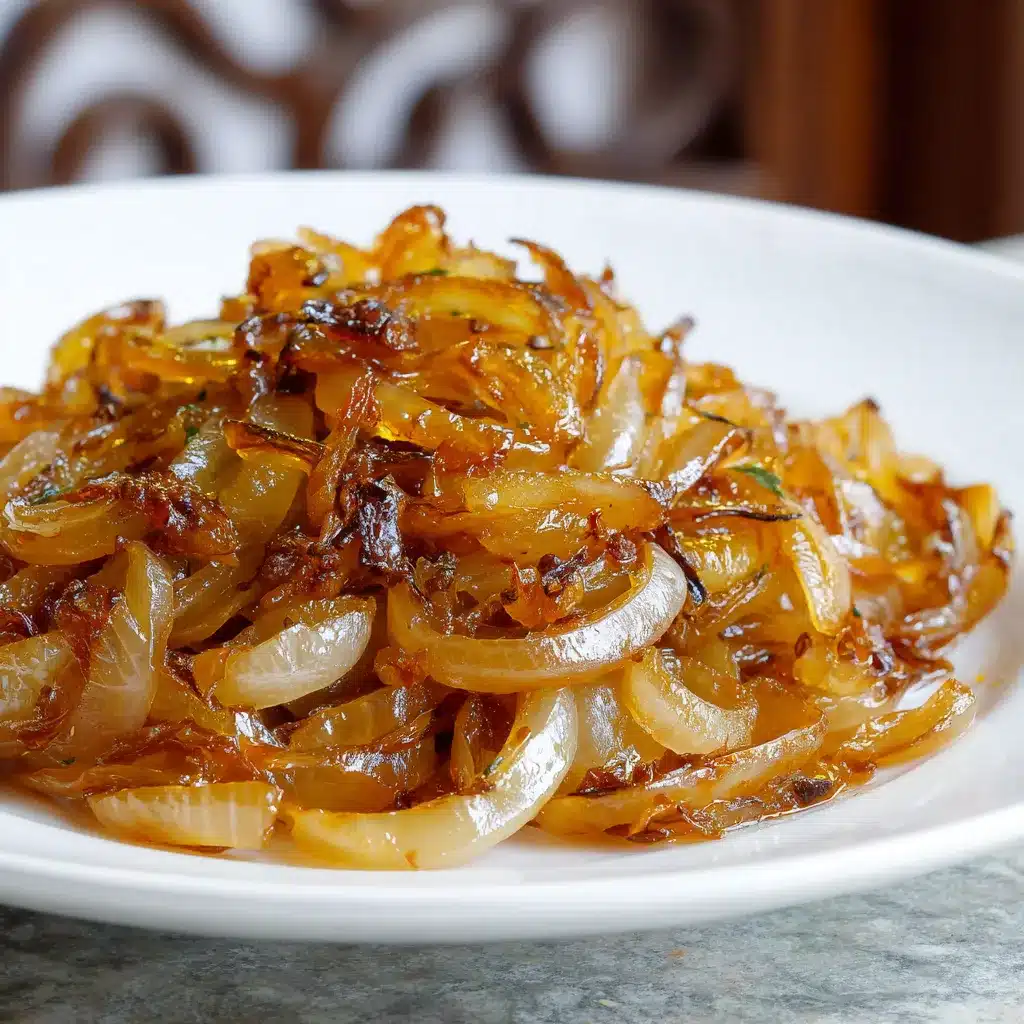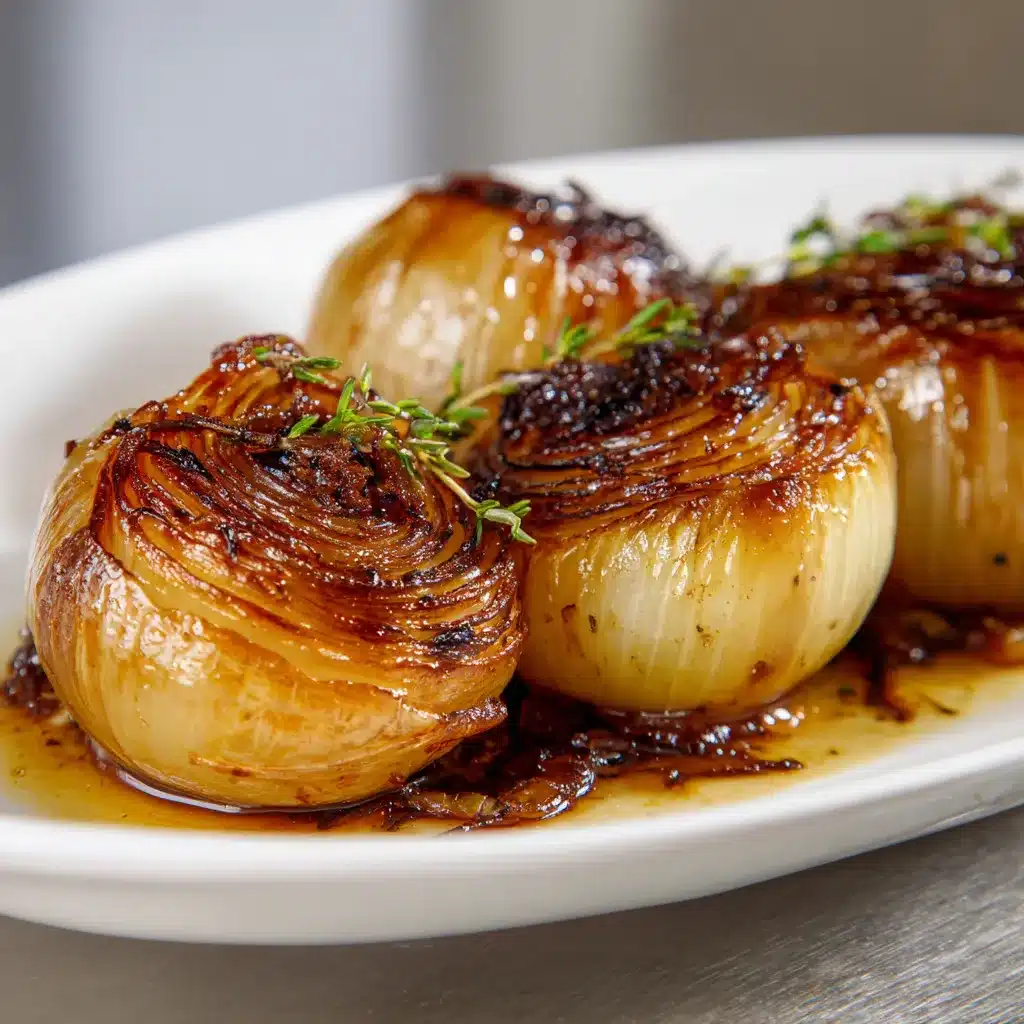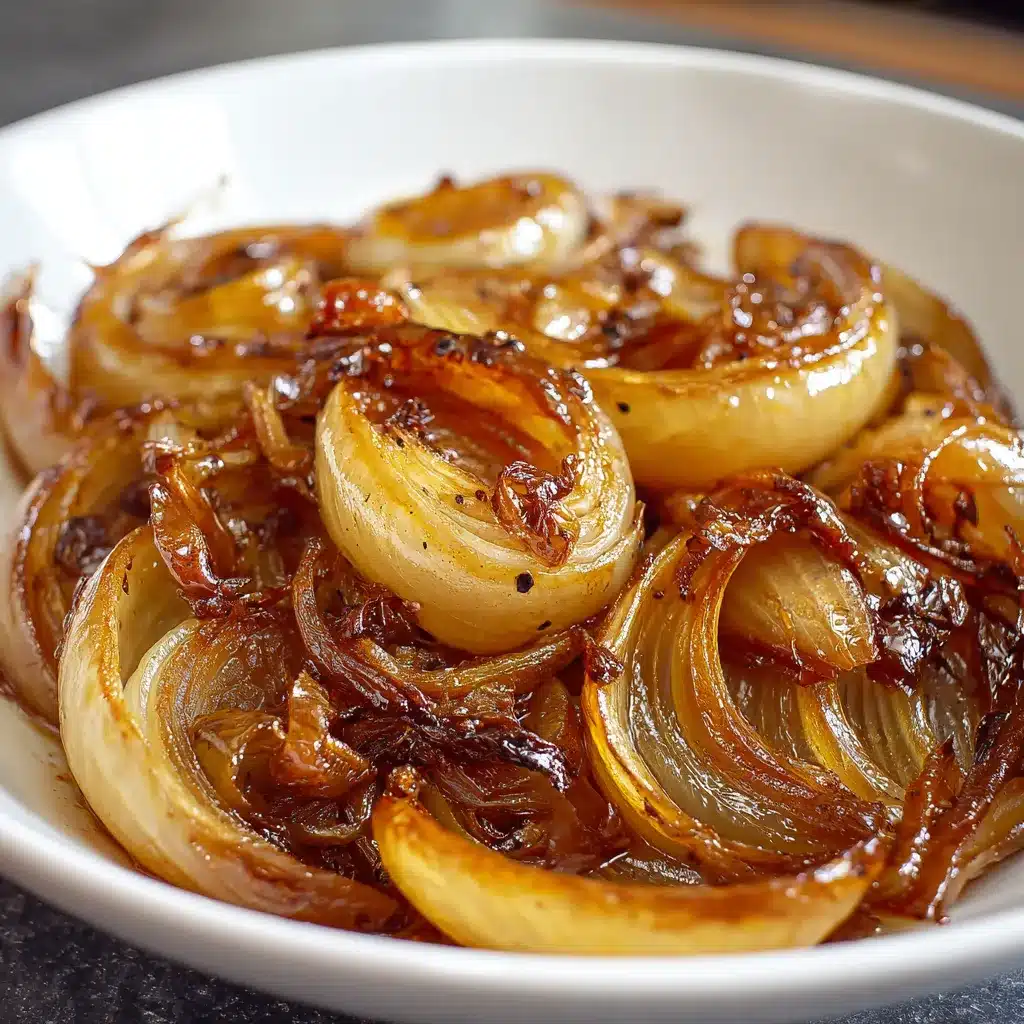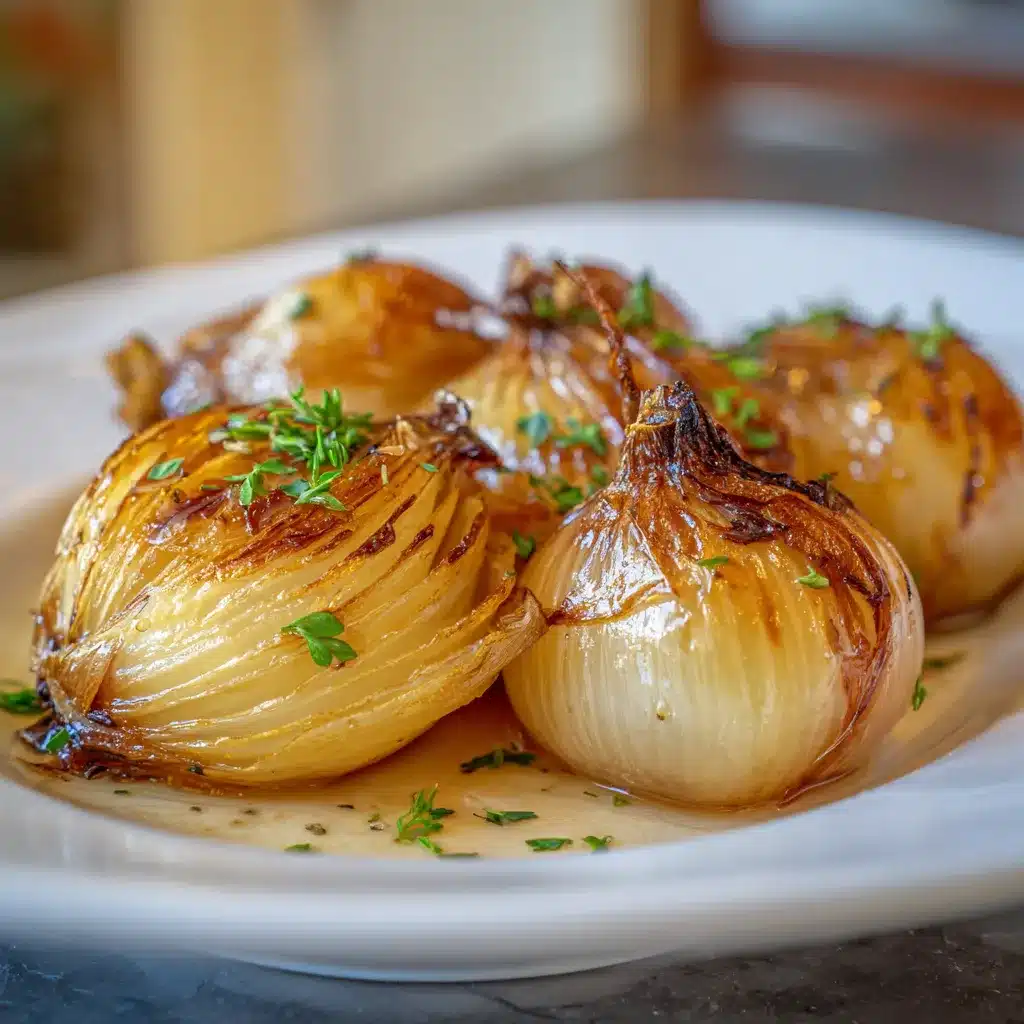Caramelized onions are a culinary marvel that can elevate any dish with their rich, sweet, and deeply savory flavors. These golden-brown beauties are a staple in many households, beloved for their ability to transform simple ingredients into something truly extraordinary. Whether you’re a seasoned home cook or just starting to explore the world of flavorful recipes, mastering the art of caramelized onions is a must-try journey that will unlock a world of culinary possibilities.
Why Caramelized Onions are a Must-Try
Caramelized onions are a must-try because they offer a unique and unparalleled depth of flavor that can elevate even the most basic dishes. The slow cooking process allows the natural sugars in the onions to caramelize, creating a sweet and savory complexity that can’t be replicated with any other ingredient. These caramelized gems are the secret weapon of professional chefs and home cooks alike, adding a touch of gourmet flair to everything from burgers and steaks to soups, salads, and even breakfast dishes.
Beyond their exceptional taste, caramelized onions also boast impressive health benefits. Onions are a rich source of antioxidants, vitamins, and minerals, and the caramelization process actually enhances some of these beneficial compounds. Plus, the long cooking time breaks down the onions’ cell walls, making the nutrients more readily available for your body to absorb.
Whether you’re looking to impress your guests at a dinner party or simply want to enjoy a comforting and flavorful meal at home, caramelized onions are a must-try recipe that will leave your taste buds singing with delight.
If you’re in the mood for a slow-cooked delight that’s both savory and sweet, check out our sticky-sweet Honey BBQ Crockpot Meatballs. They’re slow-simmered in a glossy BBQ glaze and perfect for parties, easy dinners, or a snack platter that delivers bold flavor with minimal effort.

Essential Ingredients for Caramelized Onions
The key to making the perfect caramelized onions lies in the quality and selection of your ingredients. While the list may seem simple, each component plays a crucial role in achieving that rich, complex flavor that sets caramelized onions apart.
Onions
The foundation of this recipe is, of course, the onions. While you can use a variety of onion types, such as yellow, white, or red, the most commonly recommended choice is the humble yellow onion. Yellow onions have a slightly higher sugar content, which helps them caramelize beautifully and develop a deep, sweet flavor profile. When selecting your onions, look for ones that are firm, with a bright, papery skin and no blemishes or soft spots.
Butter or Oil
The fat you choose to cook the onions in plays a crucial role in the final flavor and texture. While some recipes call for oil, using butter or a combination of butter and oil can take your caramelized onions to the next level. The butter adds a rich, creamy mouthfeel and a delightful nutty aroma that complements the sweetness of the onions perfectly.
Salt and Pepper
A pinch of salt and a twist of freshly ground black pepper might seem like a simple addition, but they are essential for bringing out the best in your caramelized onions. The salt enhances the natural sweetness of the onions, while the pepper adds a touch of warmth and complexity to the overall flavor profile.
Balsamic Vinegar (Optional)
While not a mandatory ingredient, a splash of balsamic vinegar can add an extra layer of depth and acidity to your caramelized onions. The vinegar helps to balance the sweetness, creating a well-rounded and sophisticated flavor that can take your dish to new heights.
| Ingredient | Why It’s Essential | Substitutions |
|---|---|---|
| Yellow Onions | Yellow onions have a higher sugar content, allowing them to caramelize beautifully and develop a deep, sweet flavor. | White or red onions can also be used, but the flavor profile may be slightly different. |
| Butter or Oil | The fat you choose to cook the onions in plays a crucial role in the final flavor and texture. Butter adds a rich, creamy mouthfeel and a delightful nutty aroma. | You can use a combination of butter and oil, or opt for a high-quality olive oil or avocado oil. |
| Salt and Pepper | Salt enhances the natural sweetness of the onions, while pepper adds a touch of warmth and complexity to the overall flavor profile. | You can experiment with different types of salt and pepper, such as Himalayan pink salt or white pepper, to create unique flavor variations. |
| Balsamic Vinegar (Optional) | A splash of balsamic vinegar can add an extra layer of depth and acidity, balancing the sweetness of the caramelized onions. | You can substitute other types of vinegar, such as red wine vinegar or apple cider vinegar, to achieve a similar effect. |

Step-by-Step Instructions for Caramelized Onions
Caramelizing onions may seem like a daunting task, but with a little patience and attention to detail, you can achieve perfectly golden, sweet, and savory caramelized onions right in your own kitchen.
- Slice the Onions: Start by slicing your onions into thin, even slices. This will ensure they cook evenly and caramelize consistently.
- Heat the Fat: In a large skillet or Dutch oven, melt the butter (or heat the oil) over medium-low heat. Be sure to use a pan with a wide surface area to allow the onions to cook evenly.
- Add the Onions: Add the sliced onions to the hot fat and stir to coat them evenly. Spread the onions out in a single layer as much as possible.
- Cook Low and Slow: Let the onions cook slowly, stirring occasionally, for 45 minutes to an hour. This long, slow cooking process is the key to achieving the perfect caramelization.
- Adjust the Heat: If the onions start to brown too quickly, reduce the heat slightly. Conversely, if the onions are taking too long to caramelize, you can increase the heat a bit.
- Season with Salt and Pepper: Once the onions have reached a deep, golden-brown color and a sweet, almost jammy texture, season them with salt and pepper to taste.
- Deglaze with Balsamic Vinegar (Optional): For an extra depth of flavor, you can deglaze the pan with a splash of balsamic vinegar, scraping up any browned bits from the bottom of the pan.
Remember, the key to perfectly caramelized onions is patience and low, slow cooking. Resist the urge to rush the process, as this can lead to uneven or bitter results. Instead, take your time and let the onions work their magic, transforming into a sweet, savory, and utterly irresistible ingredient that will elevate any dish you add it to.

Creative Variations on Caramelized Onions
While the classic caramelized onions recipe is a true delight, there are countless ways to put your own spin on this versatile ingredient. Here are three creative variations to try:
Spicy Cajun Caramelized Onions
For a bold and flavorful twist, try adding a pinch of Cajun seasoning to your caramelized onions. The warm, smoky spices complement the sweetness perfectly, creating a flavor profile that’s both comforting and zesty. Serve these Cajun-style onions alongside grilled meats, burgers, or even on top of a hearty gumbo.
Balsamic-Glazed Caramelized Onions
Take your caramelized onions to new heights by finishing them with a rich balsamic glaze. Simply deglaze the pan with a generous splash of high-quality balsamic vinegar, and let the mixture simmer until it forms a sticky, sweet-and-sour coating on the onions. These balsamic-glazed beauties are perfect for topping pizzas, sandwiches, or even roasted vegetables.
Caramelized Onion and Goat Cheese Tarts
For a truly indulgent and elegant twist, try pairing your caramelized onions with creamy goat cheese in individual tarts or tartlets. The sweet onions and tangy cheese create a delightful balance of flavors, making these tarts a showstopping appetizer or side dish for any occasion.
| Variation | Key Ingredients | Occasion or Target Audience |
|---|---|---|
| Spicy Cajun Caramelized Onions | Caramelized onions, Cajun seasoning | Barbecues, Cajun-inspired meals, Game day gatherings |
| Balsamic-Glazed Caramelized Onions | Caramelized onions, balsamic vinegar | Pizzas, sandwiches, roasted vegetable dishes |
| Caramelized Onion and Goat Cheese Tarts | Caramelized onions, goat cheese, pie crust | Elegant dinner parties, holiday gatherings, brunch menus |
Remember, the beauty of caramelized onions lies in their versatility. Don’t be afraid to experiment with different flavor combinations, cooking methods, and serving suggestions to find the perfect version that suits your tastes and occasion.

Serving Suggestions and Side Dishes for Caramelized Onions
Caramelized onions are a true culinary chameleon, able to complement a wide range of dishes and cuisines. Whether you’re looking to elevate a simple burger or create a showstopping side dish, these golden-brown beauties are sure to impress.
Serving Suggestions:
- Spoon caramelized onions over grilled steaks, roasted pork tenderloin, or juicy burgers for a flavor-packed topping.
- Fold caramelized onions into creamy mashed potatoes or roasted root vegetables for a rich, savory twist.
- Serve caramelized onions as a garnish for French onion soup or hearty beef stew, adding depth and complexity to the dish.
- Use caramelized onions as a topping for flatbreads, pizzas, or savory tarts, adding a sweet and sophisticated flavor profile.
Recommended Side Dishes:
- Roasted Brussels Sprouts: The nutty, earthy flavors of roasted Brussels sprouts pair beautifully with the sweetness of caramelized onions.
- Garlic Mashed Potatoes: The rich, creamy texture of garlic mashed potatoes is the perfect canvas for the bold, caramelized flavors.
- Arugula Salad with Balsamic Vinaigrette: The peppery arugula and tangy balsamic dressing help to balance the sweetness of the caramelized onions.
- Parmesan-Roasted Asparagus: The bright, fresh flavors of roasted asparagus complement the savory-sweet notes of the caramelized onions.
Remember, the beauty of caramelized onions lies in their versatility. Don’t be afraid to experiment with different serving suggestions and side dish pairings to find the perfect combination that suits your tastes and the occasion.
FAQ
How long does it take to caramelize onions?
It typically takes between 45 minutes to 1 hour to properly caramelize onions. The key is to cook the onions slowly over medium-low heat, stirring occasionally, to allow the natural sugars to break down and caramelize. Rushing the process can result in bitter or uneven caramelization.
Can I make caramelized onions in advance?
Yes, you can absolutely make caramelized onions in advance. In fact, they often taste even better after the flavors have had a chance to meld together. Once cooled, you can store caramelized onions in an airtight container in the refrigerator for up to 1 week. You can also freeze them for up to 3 months, making them a great make-ahead ingredient to have on hand.
How do I prevent my caramelized onions from burning?
To prevent your caramelized onions from burning, be sure to cook them over medium-low heat and stir them occasionally. If the onions start to brown too quickly, reduce the heat slightly. Additionally, make sure to slice the onions evenly, as thinner slices will caramelize more quickly than thicker ones. Patience and a watchful eye are key to achieving perfectly caramelized onions without any burnt or bitter spots.
Can I use other types of onions besides yellow onions?
While yellow onions are the most commonly recommended for caramelizing, you can use other types of onions as well. White onions and red onions will also caramelize nicely, though the flavor profile may be slightly different. The key is to look for onions with a high sugar content, as this is what allows them to caramelize so beautifully.
How can I use caramelized onions?
Caramelized onions are incredibly versatile and can be used in a wide variety of dishes. They make a delicious topping for burgers, steaks, and roasted meats. You can also fold them into mashed potatoes, stir them into soups and stews, or use them as a filling for savory tarts and quiches. They also pair beautifully with cheese, such as in a grilled cheese sandwich or on a cheese board.
Conclusion
Caramelized onions are more than just a topping—they’re a game-changer. With their rich, sweet depth and golden color, they elevate everything from simple snacks to gourmet dinners. Whether layered in sandwiches, melted into pastas, or stirred into casseroles, they bring warmth and flavor that lingers. Once you try them, you’ll wonder how your kitchen ever lived without them.
Don’t miss our recipes on Facebook and Pinterest.
Print
Savory Caramelized Onions The Power of Slow Cooking Tech
- Total Time: 1 hour 15 minutes
- Yield: Serves 4-6
Description
Elevate your dishes with the rich sweet caramelized onions Master the slow cooking tech for this savory staple Unlock the power of patience
Ingredients
Instructions
- Prep Time: 15 minutes
- Cook Time: 1 hour
- Category: Side Dish
- Cuisine: American







